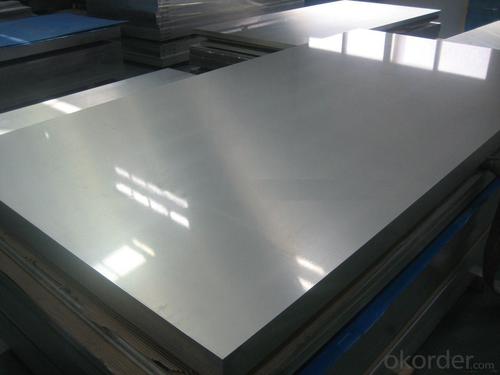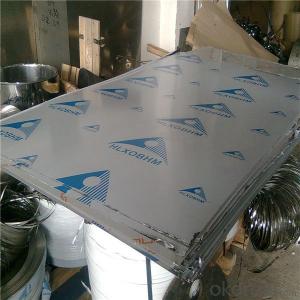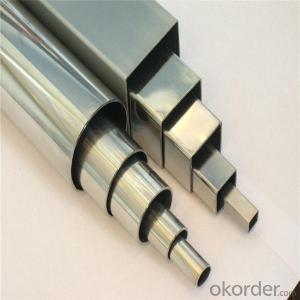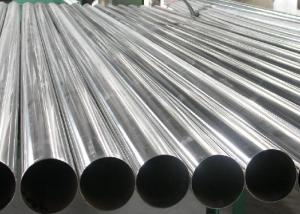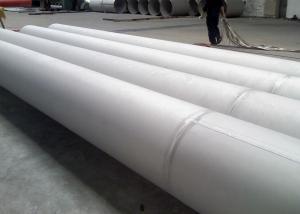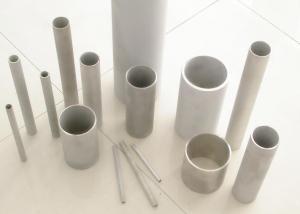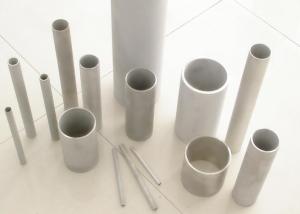Construction Material List Stainless Steel Sheet Metal, 304 Stainless Steel Metal Sheet
- Loading Port:
- Shanghai
- Payment Terms:
- TT OR LC
- Min Order Qty:
- 1 m.t.
- Supply Capability:
- 20000 m.t./month
OKorder Service Pledge
OKorder Financial Service
You Might Also Like
Specification
Construction Material List Stainless Steel Sheet Metal, 304 Stainless Steel Metal Sheet
Packaging Details:Wooden pallets,water proof paper-20'GP or 40'GP for stainless steel sheet.
Delivery Detail:within 5-7 days after receiving the deposit
1. Specifications about stainless steel sheet
Commodity | Professional 430 201 202 304 304l 316 316l 321 310s 309s 904l stainless steel sheet |
Grade | 201,202,304,304L,316,316L,310S,309S,321,301,310,410,420,430,904L |
Brand | TISCO ,BAOSTEEL,POSCO,JISCO,LISCO |
Certification | SGS,BV,IQI,TUV,ISO,etc |
Thickness | 0.2mm-150mm |
Width | 1000,1219,1250,1500mm, or as your requirements |
Length | 2000,2438,2500,3000,6000mm, or as your requirements |
Surface | No.1, 2B, BA, 8K Mirror, Hairline,satin, Embossed,brush,No.4,HL,matt,pvc film,laser film. |
Standard | ASTM,AISI,SUS,JIS,EN,DIN,GB, ASME,etc |
Delivery time | 5-7 days after confirming the order |
MOQ | 1 Ton |
Advantages | Showing the splendor of your quality, wearresistant as well , strong corrosion resistance and decorative effect, durable and beautiful in good taste. |
2.Production Flow about stainless steel sheet
Raw materials are sending to hot rolling units for rolling into different sizes
Hot rolled material is annealing in cold; rolled annealing furnace and pickling in acid.
All mill rolls are grinded on precision grinding machine with proper chamfering after first shiftoperation.
All sheets are pickled in different tanks and dried on brush roll machine before dispatched.
These sheets are again annealing and are sent to straighten machine for straightening.
Inspections are done at various stages. Keep proper control overall internal process via rolling,annealin and pickling by our experienced staff.
3.Surface--stainless steel sheet
| Surface Finish | Definition | Application |
| 2B | Those finished, after cold rolling, by heat treatment, pickling or other equivalent treatment and lastly by cold rolling to given appropriate luster. | Medical equipment, Food industry, Construction material, Kitchen utensils. |
BA/8K mirror | Those processed with bright heat treatment after cold rolling. | Kitchen utensils, Electric equipment, Building construction. |
| NO.3 | Those finished by polishing with No.100 to No.120 abrasives specified in JIS R6001. | Kitchen utensils, Building construction. |
| NO.4 | Those finished by polishing with No.150 to No.180 abrasives specified in JIS R6001. | Kitchen utensils, Building construction, Medical equipment. |
| Hairline | Those finished polishing so as to give continuous polishing streaks by using abrasive of suitable grain size. | Building Construction. |
| NO.1 | The surface finished by heat treatment and pickling or processes corresponding there to after hot rolling. | Chemical tank, pipe. |
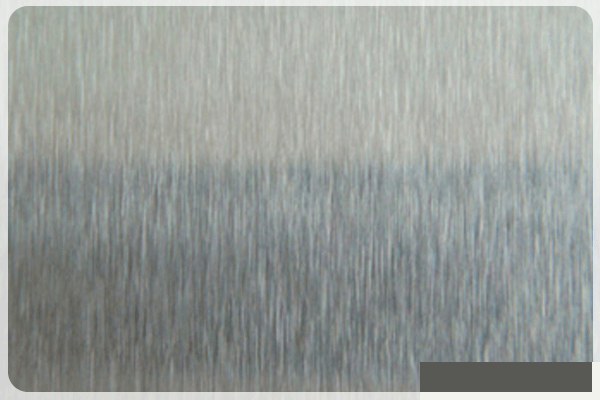
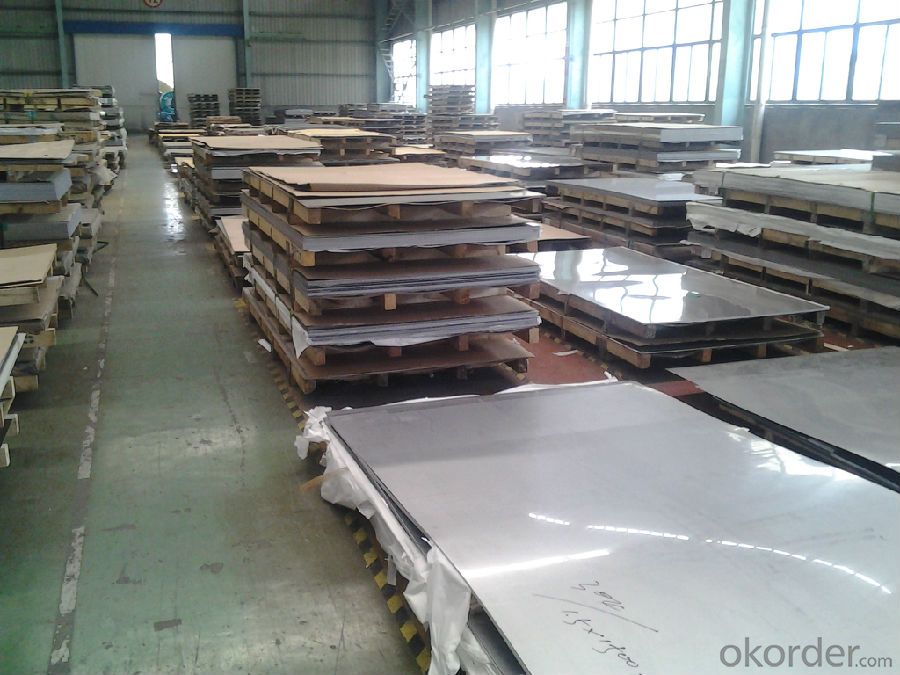
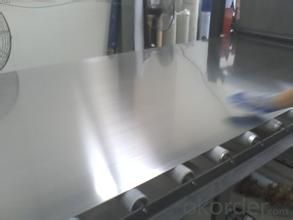
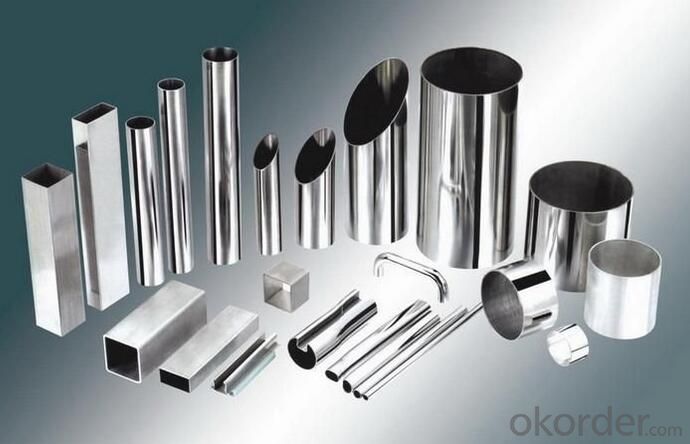
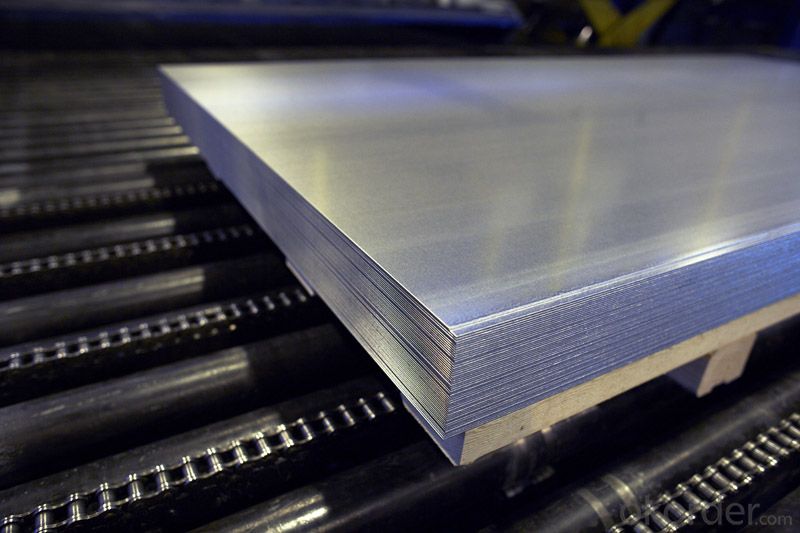
- Q: Can stainless steel sheets be used for elevator mirror panels?
- Yes, stainless steel sheets can be used for elevator mirror panels. Stainless steel is a durable and corrosion-resistant material that is commonly used in elevator design and construction. It is also highly reflective, making it an ideal choice for mirror panels. Stainless steel mirror panels not only provide a sleek and modern aesthetic to elevators but also offer excellent durability and ease of maintenance. Additionally, stainless steel can withstand the wear and tear of constant use, making it a reliable and long-lasting material for elevator mirror panels.
- Q: How do you measure the thickness of stainless steel sheets?
- To measure the thickness of stainless steel sheets, you can use a variety of methods. One of the most common methods is to use a caliper, which is a precision measuring tool. With a caliper, you can directly measure the thickness by placing the jaws on both sides of the sheet and tightening them until they make contact. The reading on the caliper will indicate the thickness of the stainless steel sheet. Another method is to use a micrometer, which is similar to a caliper but more accurate for measuring very thin sheets. A micrometer can provide precise measurements by using a spindle and anvil to measure the thickness. It is commonly used in manufacturing and engineering industries where accuracy is crucial. If you don't have access to a caliper or micrometer, you can also use a simple ruler or tape measure. While this method may not be as accurate as using specialized tools, it can still provide a rough estimate of the thickness. By measuring the height of the sheet, you can determine its thickness assuming it is uniform throughout. It is important to note that depending on the thickness of the stainless steel sheet, different measurement tools may be more suitable. Thinner sheets are best measured using micrometers or calipers, while thicker sheets may require more specialized tools such as ultrasonic thickness gauges. In summary, the thickness of stainless steel sheets can be measured using various methods including calipers, micrometers, rulers, or tape measures. The choice of tool depends on the accuracy required and the thickness of the sheet being measured.
- Q: What is the maximum operating temperature for stainless steel sheets?
- The maximum operating temperature for stainless steel sheets typically ranges from 1500°F to 1650°F (815°C to 900°C), depending on the grade of stainless steel.
- Q: How do you bend stainless steel sheets?
- Bending stainless steel sheets typically requires the use of specialized equipment such as a press brake or roller. The sheet is clamped between the tooling and then gradually bent to the desired shape. The process requires precise calculations, proper tooling, and adequate knowledge of the material's properties to avoid any damage or deformation.
- Q: What is the maximum thickness of a stainless steel sheet?
- The maximum thickness of a stainless steel sheet can vary depending on the specific type and grade of stainless steel being used. However, stainless steel sheets are commonly available in thicknesses ranging from 0.4mm to 6mm or even thicker for certain industrial applications.
- Q: Are stainless steel sheets resistant to pitting corrosion?
- Yes, stainless steel sheets are resistant to pitting corrosion. Pitting corrosion is a localized form of corrosion that occurs in specific areas, resulting in small pits or holes on the metal surface. Stainless steel sheets are made with a high percentage of chromium, which forms a passive oxide layer on the surface, providing excellent resistance to corrosion. This oxide layer acts as a barrier, protecting the metal from pitting corrosion. Additionally, stainless steel contains other alloying elements such as nickel and molybdenum, which further enhance its resistance to pitting corrosion. Therefore, stainless steel sheets are highly resistant to pitting corrosion and are commonly used in applications where corrosion resistance is crucial, such as in the construction, automotive, and food processing industries.
- Q: Can stainless steel sheets be used for marine propellers?
- Yes, stainless steel sheets can be used for marine propellers. Stainless steel is known for its corrosion resistance and durability, making it suitable for marine applications. Its strength and resistance to saltwater corrosion make it a popular choice for manufacturing marine propellers.
- Q: Do stainless steel sheets require any special maintenance?
- Yes, stainless steel sheets require regular cleaning and maintenance to maintain their appearance and prevent corrosion. This typically involves using mild soap or detergent and a soft cloth or sponge to remove any dirt, fingerprints, or grease. Additionally, avoiding the use of abrasive cleaners or steel wool is important to prevent scratching the surface.
- Q: Can stainless steel sheets be used for stairs and railings?
- Stairs and railings can indeed utilize stainless steel sheets. This remarkably resilient and adaptable material frequently finds its place in architectural and interior design endeavors. With its corrosion resistance, stainless steel proves suitable for outdoor settings and environments with elevated humidity or chemical exposure. The malleability of stainless steel sheets allows for their fabrication into diverse forms and dimensions, rendering them perfect for crafting stairs and railings with an elegant and contemporary appearance. Furthermore, stainless steel boasts effortless cleanliness and maintenance, thus making it a pragmatic selection for high-traffic areas or public spaces.
- Q: Are stainless steel sheets scratch-resistant?
- Yes, stainless steel sheets are generally scratch-resistant. Stainless steel is known for its durability and resistance to scratches, making it an ideal material for various applications, including kitchen appliances, countertops, and decorative purposes. However, it is important to note that while stainless steel is highly resistant to scratches, it is not completely scratch-proof. Sharp objects or abrasive materials can still cause scratches or scuff marks on the surface of stainless steel sheets, especially with excessive force or repeated contact. Regular maintenance and proper care can help minimize the appearance of scratches and keep stainless steel sheets looking their best.
Send your message to us
Construction Material List Stainless Steel Sheet Metal, 304 Stainless Steel Metal Sheet
- Loading Port:
- Shanghai
- Payment Terms:
- TT OR LC
- Min Order Qty:
- 1 m.t.
- Supply Capability:
- 20000 m.t./month
OKorder Service Pledge
OKorder Financial Service
Similar products
Hot products
Hot Searches
Related keywords






